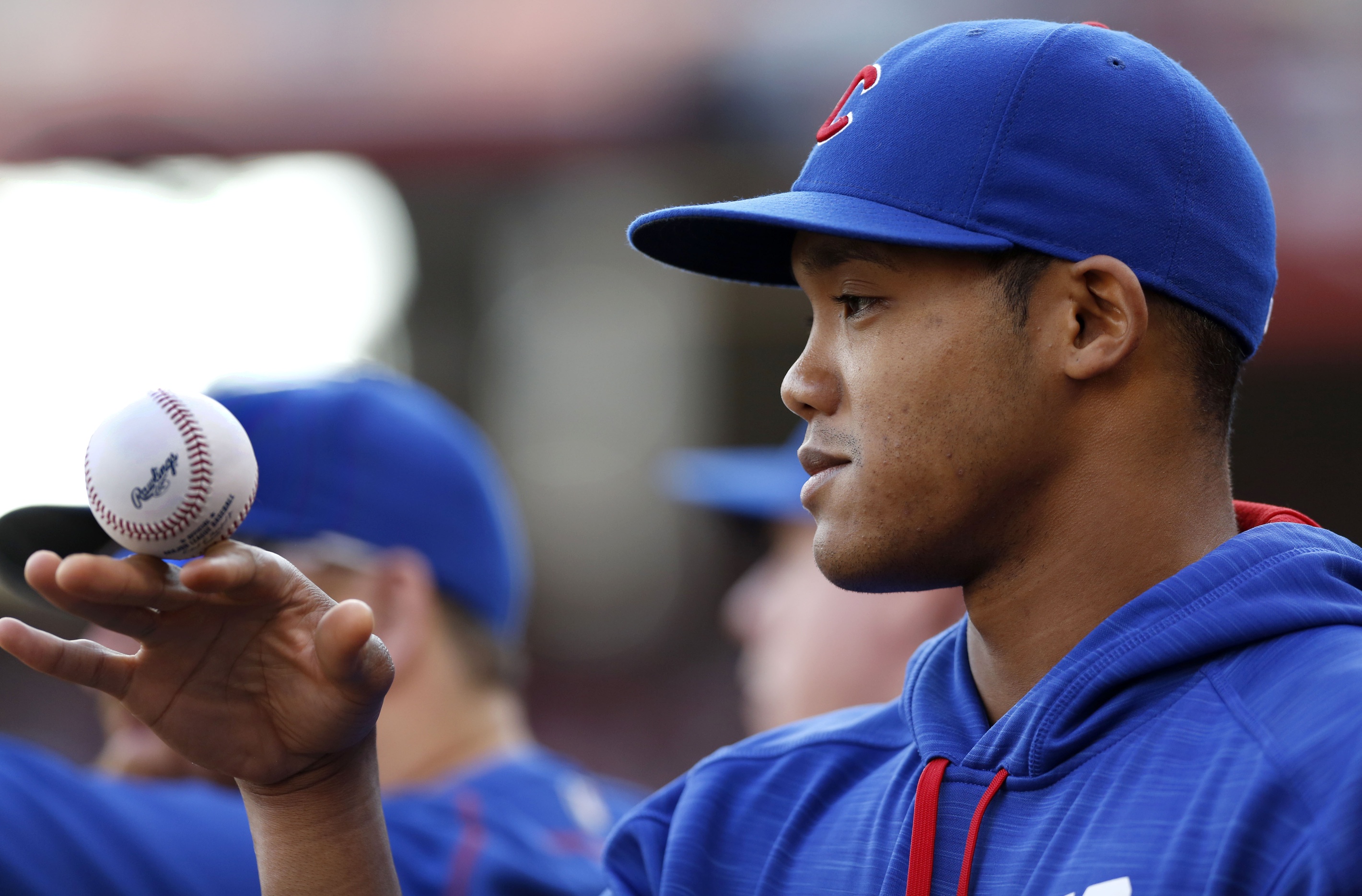“It’s so good, Zack, you’re gonna love it.”
“Man, you’re in for a treat!”
“Holy crap dude it’s gonna be so great!”
The early reviews were in: beer was good. And boy, was I stoked to try it. I remember fondly my “first beer”—a Fat Tire at Murphy’s Pub in Champaign, Illinois—and I couldn’t believe that my friends, family, and trusted cultural critics had let me down. Beer wasn’t good; it was one of the three or four greatest things in all of human existence.
The Cubs’ 2016 season is beer. Those of us eager to get a taste expected it to be good, but we soon realized that it was great even in the grand chaotic nihilism of the cosmos. 2015’s somewhat surprising playoff run, and altogether surprising 97 wins, good for third in the majors, primed a baseball fan for this season’s matured greatness. However, even those who recognized the Cubs’ marked improvements in several facets of the game—pitching depth, defensive versatility—acknowledged the improbability of them topping that mark. After all, some things that we’re told are capital-g Great (the 2015 Nationals, True Detective, sex) end up, eh, just okay.
103 wins later, we know that the Cubs didn’t just improve. They fully realized their potential to be the most lethal team in Major League Baseball, claiming the best record in the league and the club’s best since 1910. Or did they fully realize that potential? Sure, accuse me of being a homer—you’ll find no true protestations here—but don’t let that belie the numbers: the 103 wins is impressive, but, according to Baseball Prospectus’s calculations (pushes up glasses), they should have won more.
It all begins with the Cubs’ run differential. The story of the early months of the season was the pace at which the cubs were outscoring their opponents—due to a number of blowouts and impeccable pitching from the club’s five starters, they raced out to a record run differential. While they didn’t maintain their record pace, they did end with a +252 differential, almost twice that of Boston, the second-place team, who finished with +184. They scored the third-most runs in MLB, behind Boston and Colorado, and allowed the fewest by a greater margin than the gap between second and sixth. The result of the Cubs’ dominance was an eight-win lead on the majors’ second-best team, Washington. How they got there, in terms of the qualitative aspects of their pitching and hitting and defense, has been covered elsewhere, and is no less worthy of marvel than their quantitative embodiment.
Which brings us to the Cubs’ pythagorean record and further derivatives. The concept of the pythagorean record—the progenitor of which is none but Bill James, this version tweaked by BP—is familiar to a good portion of baseball fans at this point, and probably many of you reading this piece. Considering the Cubs’ overwhelmingly positive run differential, it’s no surprise that the Cubs’ “first order” win percentage, based on BP’s pythag, is an even better .666 (hell yeah!). That figures to nearly 108 wins, which outpaces the Red Sox’s 99 by an amount equal to that of the Cubs’ gap over the Nats in actual record. For contrast, the American League’s standard bearer—Texas, with 95 wins—managed a meager +8 run differential due to a ridiculous record in one-run games, which amounts to just under 82 wins.
Quoth Dicaprio in classic American film Inception, “We need to go deeper.” Moving to second-order winning percentage forces us to consider more abstractly the Cubs’ greatness. To further imagine the Cubs’ performance in terms of what “should” have happened, BP replaces the actual runs scored in the pythagorean formula with projected runs based on a variety of components and adjustments. This is where the Cubs shine: a nearly inconceivable .710 winning percentage, amounting to an insane 115 wins. That’s one short of the major-league record, as you likely know, set by the World Series-losing 1906 Cubs. Considering the Cubs’ stratospheric defensive efficiency and thick lineup, these numbers make some sense. If they’re outlandish, they’re only just so; this Cubs team winning 110-plus games isn’t beyond the imagination.
Finally, the Cubs’ third order winning percentage sits at .699, factored once the projected runs used in the previous formula are adjusted for opponents’ qualities. For those keeping score at home, the Cubs’ actual record fails to meet their expected win totals by, respectively, five games, 12 games, and 10 games, which rank fifth-, first-, and second-most in terms of the gap between real and expected wins. The gaps are likely due to the Cubs’ middling performance in one-run games (22-23), where sequencing and performances on the margins are imbued with a greater importance. The Cubs needn’t be the Rangers to close that gap; just a few breaks gets them near their expected win totals.
I’m not here to tell you anything profound about the Cubs’ 2016 performance, or to analyze the sorts of statistical or mechanical or historical trends that I’ve done since I started at Wrigleyville last season. No, I just think it’s important for us, as Cubs fans, to take a page out of the Ferris Bueller playbook and take a look around once in awhile. The Cubs won the most games they’re likely to win in our lifetimes, ran circles around the league, and still perhaps could have won a few more if some sequences went slightly differently. You woke up this morning with the knowledge that the Cubs would begin their playoff march on Friday versus the even-year darling Giants; the agony of waiting shouldn’t engulf you. The Cubs won 103 games this year. Hope you didn’t miss it.
Lead photo courtesy David Kohl—USA Today Sports.

Alas, that Murphy’s Pub is no longer with us. Great place to get a basket of fries and watch day baseball.